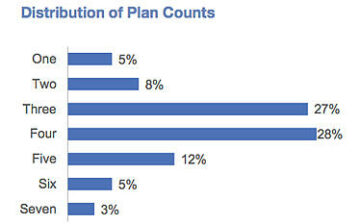At this point we’ve more than likely bored you with communicating how important pricing is to your business. You know from our repeated conversations that a 1% improvement in your pricing (positioning, packaging, or the number on the page) equates to an 11% boost in profit and that your pricing page is the center of your business.
Even though we’ll keep telling you about the magics and impacts of pricing until the cows come home, we’re happy to see that more and more individuals are pushing for better pricing in their businesses. Yet, in the haste to get their pricing right, we’re still seeing some pricing blunders.
To help continue to shape and mold your pricing strategies in the right direction, let’s go through the five pricing blunders we’ve most commonly seen in the first quarter of the year while giving you some insight as to how to avoid them.
Pricing Blunder #1 – Keeping Your Prices Static
One of the most disconcerting themes we hear time and time again is, “We just ‘went with our gut’ by picking a price out of thin air and haven’t really updated it in X number of years.”
Two huge problems here. For starters, neglecting to use data in setting your price is incredibly risky (and downright bad for your bottom line). Equally troublesome is the mentality that pricing is something you simply “set and forget.” Refusing to modify your price over time implies that your product is worth the same today as it was several years ago – ignoring any product updates, improvements that have added significant value for customers along the way, or even changes in the market at large.
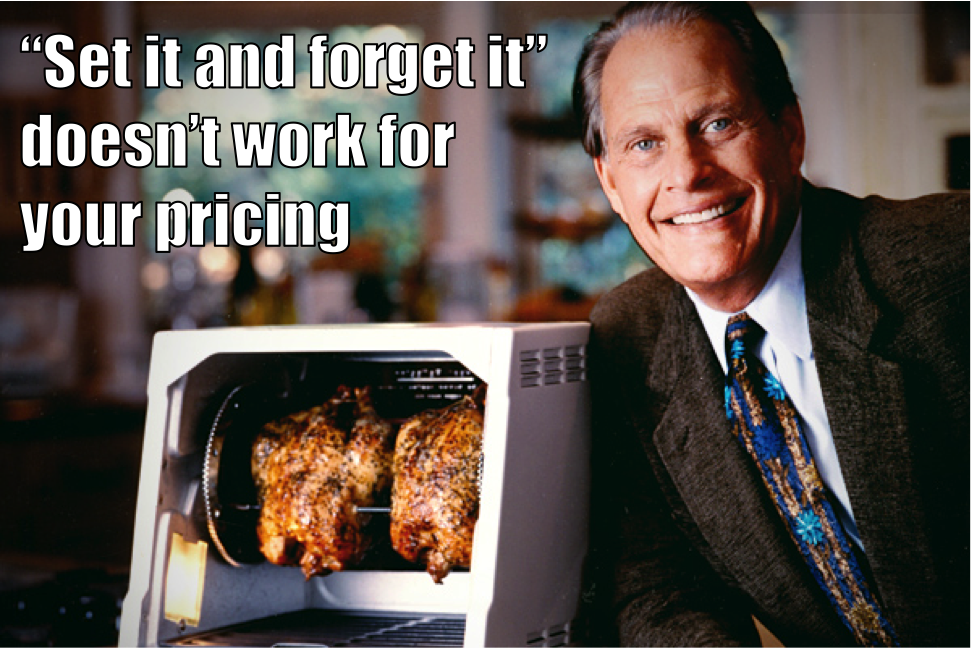
We get it. It’s easy to get comfortable lazy with pricing, but disregarding the fact that your pricing schema has remained untouched for some time completely ignores the fact that you may be undervaluing or overvaluing your product (more on each of these below).
The on-demand ridesharing service, Lyft, provides a timely example of an organization undeterred by the uncertainty of modifying its pricing. In a competitive nod to Uber’s surge pricing fiasco, Lyft recently announced “happy hour pricing” – effectively lowering the cost per ride when the service experiences lower demand. While few companies have the luxury of following a dynamic supply and demand model with their pricing, they do have an obligation to assess the effectiveness of their pricing periodically and having the courage to make adjustments when necessary.
Pricing Blunder #2 – Having One Price for Everyone
Simply put, “versioning” your product or service can be a great way to capture even more revenue. Asking prospective customers to pay a single price presupposes that all of your customers have identical needs, price sensitivities, and uses for your product.
Quite simply: Having only one price is a horrible idea.
Instead of lumping everyone into the pool of “customers,” consider how you might segment your customer base into different groups based on any number of demographic characteristics. Not everyone is the same, so you shouldn’t be pricing them the same.

Photo Credit: woodleywonderworks via Compfight cc
Pricing Blunder #3 – Complex Pricing Pages
As damaging as the “one price” mentality can be, overwhelming prospective customers with a laundry list of features, check boxes, drop down menus, and plan tiers can be duly problematic.
There are always ways to provide curious customers with more information about particular products and features without cluttering one of the most important conversion tools you have – your pricing page.
We chatted more about how to build a slick and effective pricing page in our Saddest Saas Pricing Pages of the Year post, but also check out our ebook outlining the SaaS pricing page blueprint:
Pricing Blunder #4 – Gimmicks, Tricks, and Downright Deceit
The beauty of using value-based pricing data to craft a pricing strategy is that you don’t need to rely on stupid pricing gimmicks to pad your bottom line. Unfortunately, unmet quarterly revenue goals press even the most well-intentioned marketing and sales folks to sometimes gamble with the black arts of pricing trickery. It’s a gamble that never pays off.

Photo Credit: stevendepolo via Compfight cc
For instance, JC Penney is facing claims that it dubiously raised prices on products, only to offer a “sale” at the original price. Regardless of the fact that this is a systematic practice within the retail industry, the fact that JC Penney got outed on the practice undermines the confidence and trust the retailer established with loyal customers (who will now be thinking of shopping at Kohl’s or Amazon for that 13-piece cookware set).
Make sure you keep the honesty and transparency throughout the entire sales cycle. Pricing gimmicks aren’t a strategy, they’re a recipe for disaster down the line.
Pricing Blunder #5 – Being Scared to Raise Prices
There are few ideas tougher to swallow than the fact that you are intentionally losing money in your business. Even more difficult to grasp are the steps needed to remedy your losses through underpricing, especially when communicating changes to your customers is an intimidating endeavor. Will you lose customers? How will conversion rates be impacted?
Yet, if the data supports the change, you need to move forward. Customers are much more understanding than you think, and if you communicate properly, the negative impact will be minimal (which is also evidence as to why you should look at your pricing regularly).
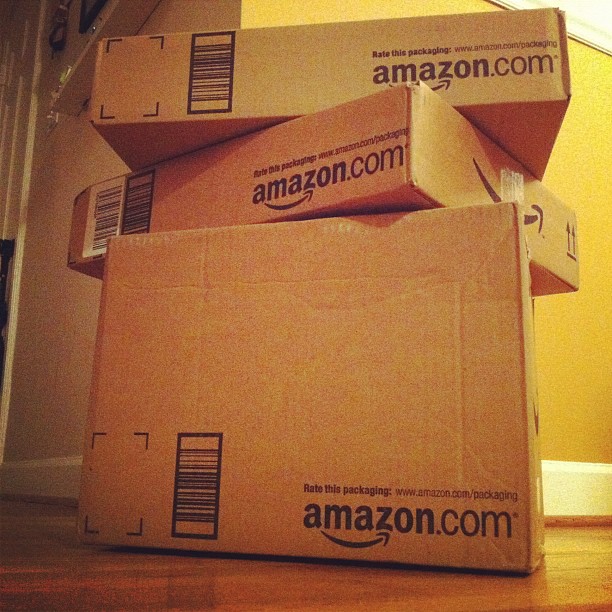
Photo Credit: alykat via Compfight cc
Amazon faced this dilemma with it’s Amazon Prime subscription service where Forrester estimated Amazon was losing anywhere from $1 billion to $2 billion on the service, as they hadn’t increased prices in nine years. Raising prices from $79/year to $99/year was a tough decision, but through great communication, Amazon made the change as smooth as possible.
Remember, any change to your pricing – even lowering – will cause customers to move on, but proper and regular communication ensures they stick around – especially if you’re pricing on value.
The Panacea for Your Pricing Woes
Pricing is huge. You can’t get away with using only your gut or intuition to measure you’re worth. That’s why collecting data about feature preferences and price sensitivity is key.
With data in hand and smooth communication skills, you’ll keep things moving and ultimately avoid the above blunders in exchange for a healthier bottom line. To dig deeper, check out our pricing strategy eBook or sign up for a free price optimization assessment.
- SEO Powered Content & PR Distribution. Get Amplified Today.
- Platoblockchain. Web3 Metaverse Intelligence. Knowledge Amplified. Access Here.
- Source: https://www.priceintelligently.com/blog/bid/195981/5-revenue-losing-pricing-strategy-mistakes-you-re-making
- $1 billion
- a
- About
- above
- Action
- added
- adjustments
- AIR
- All
- always
- Amazon
- and
- announced
- anywhere
- around
- Arts
- assessment
- avoid
- Bad
- base
- based
- Beauty
- being
- below
- Better
- Billion
- Black
- boost
- Bored
- Bottom
- boxes
- build
- business
- businesses
- call
- call to action
- capture
- Cause
- Center
- change
- Changes
- characteristics
- check
- claims
- cluttering
- code
- Collecting
- COM
- come
- commonly
- communicate
- communicating
- Communication
- Communication Skills
- Companies
- competitive
- completely
- complex
- confidence
- Consider
- continue
- conversations
- Conversion
- Cost
- craft
- credit
- curious
- customer
- Customers
- cycle
- damaging
- data
- decision
- deeper
- Demand
- demographic
- different
- difficult
- DIG
- direction
- disaster
- Dont
- down
- Drop
- dynamic
- each
- eBook
- Effective
- effectively
- effectiveness
- ensures
- Entire
- equally
- equates
- especially
- established
- estimated
- Even
- everyone
- evidence
- example
- exchange
- Experiences
- faced
- facing
- Features
- few
- First
- following
- Forrester
- Forward
- Free
- from
- Gamble
- get
- Giving
- Go
- Goals
- grasp
- great
- Group’s
- happy
- having
- healthier
- help
- here
- Home
- How
- How To
- HTML
- HTTPS
- HubSpot
- huge
- idea
- ideas
- identical
- Impact
- impacted
- Impacts
- important
- improvement
- improvements
- in
- increased
- incredibly
- individuals
- industry
- information
- insight
- instance
- intentionally
- intimidating
- intuition
- IT
- Keep
- keeping
- Key
- Know
- large
- likely
- Line
- List
- Look
- lose
- losing
- losses
- loyal
- Luxury
- Lyft
- made
- make
- Making
- Market
- Marketing
- max-width
- measure
- might
- minimal
- mistakes
- model
- modify
- money
- more
- most
- move
- moving
- necessary
- Need
- needed
- needs
- negative
- New
- number
- obligation
- offer
- ONE
- ONE Price
- optimization
- organization
- original
- packaging
- pad
- panacea
- particular
- Pay
- pays
- plan
- plato
- Plato Data Intelligence
- PlatoData
- Point
- pool
- positioning
- possible
- Post
- practice
- press
- price
- Prices
- pricing
- Prime
- problems
- Product
- Product Updates
- Products
- Profit
- proper
- properly
- provide
- provides
- Pushing
- put
- Quarter
- raise
- raised
- raising
- Rates
- RE
- recently
- recipe
- refusing
- Regardless
- regular
- regularly
- rely
- remained
- repeated
- retail
- retail industry
- retailer
- revenue
- Ride
- Risky
- SaaS
- sales
- same
- scared
- seeing
- segment
- service
- set
- setting
- several
- Shape
- Shopping
- should
- sign
- significant
- simply
- single
- skills
- So
- some
- something
- starters
- Steps
- Stick
- Still
- Strategy
- subscription
- supply
- Supply and Demand
- Supports
- surge
- The
- their
- things
- Think
- Thinking
- Through
- throughout
- time
- to
- today
- tools
- Transparency
- tricks
- Trust
- Ultimately
- Uncertainty
- understanding
- updated
- Updates
- use
- value
- value-based
- via
- ways
- which
- while
- WHO
- will
- within
- without
- worth
- X
- year
- years
- Your
- zephyrnet

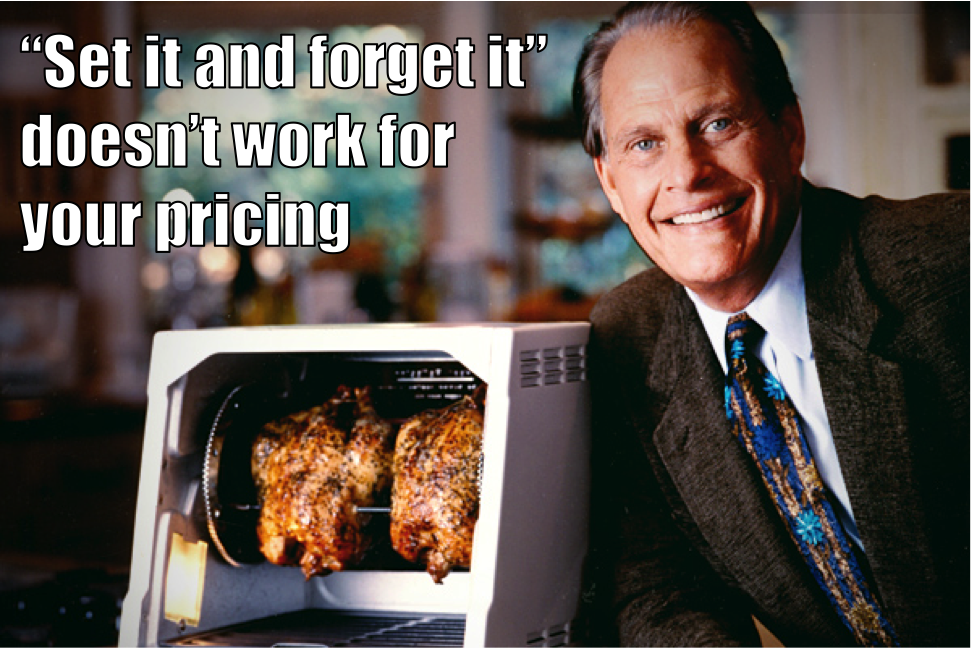
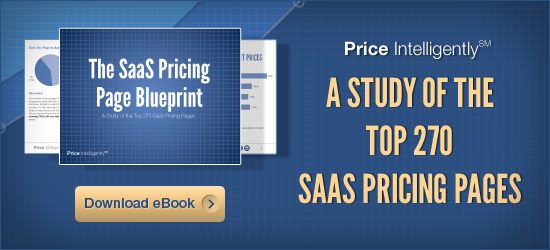
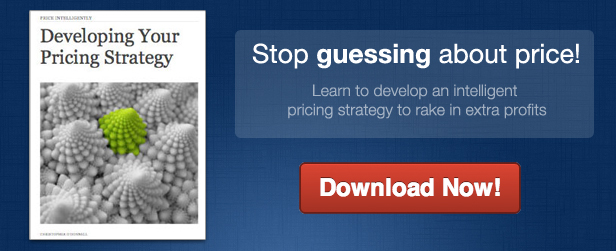
![Mobile App Pricing: What App Pricing Strategy Works Best? [+tips]](https://platoaistream.net/wp-content/uploads/2023/02/mobile-app-pricing-what-app-pricing-strategy-works-best-tips-360x93.png)
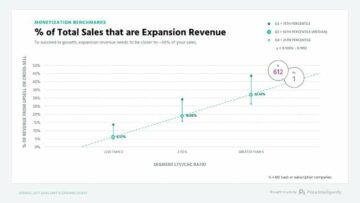
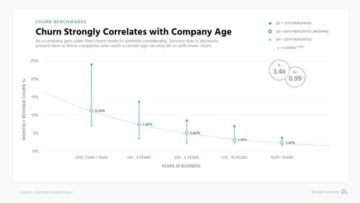
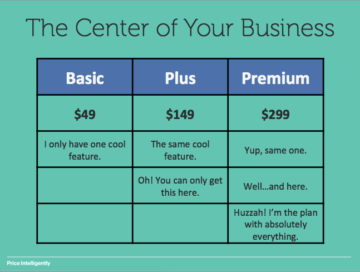
![How to Calculate Price Elasticity of Demand [+Examples]](https://platoaistream.net/wp-content/uploads/2023/02/how-to-calculate-price-elasticity-of-demand-examples-13.png)






